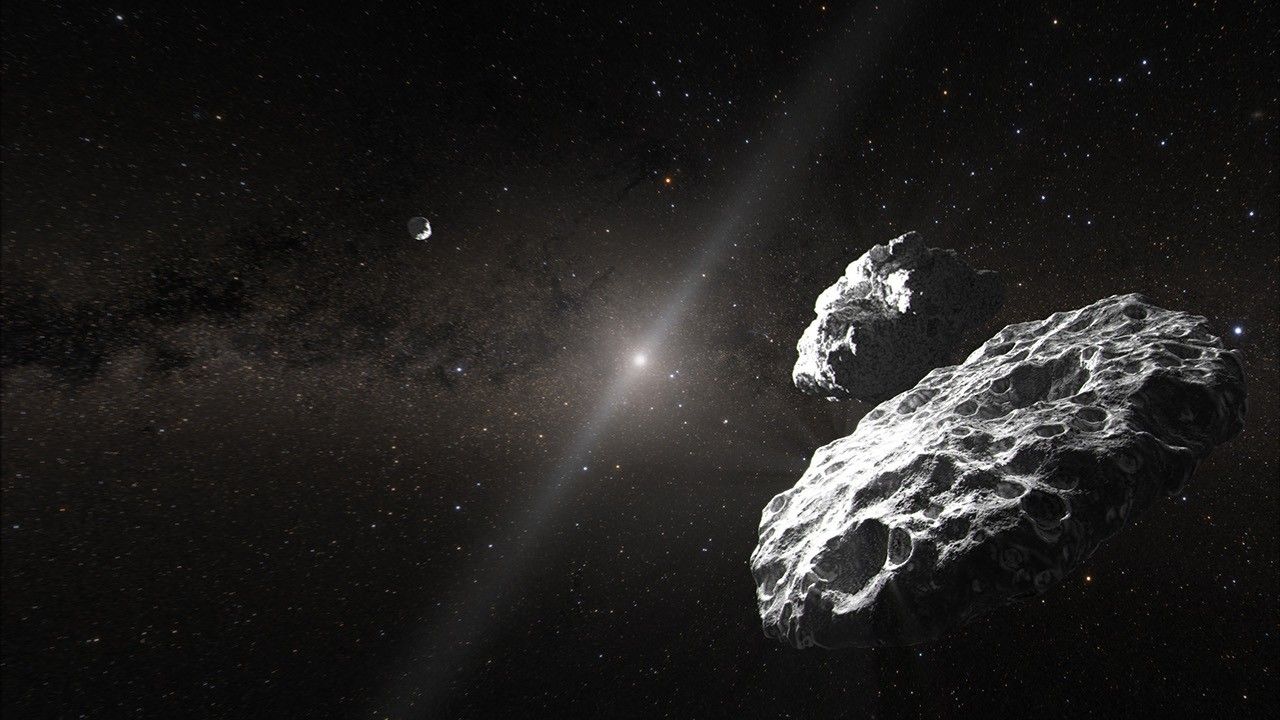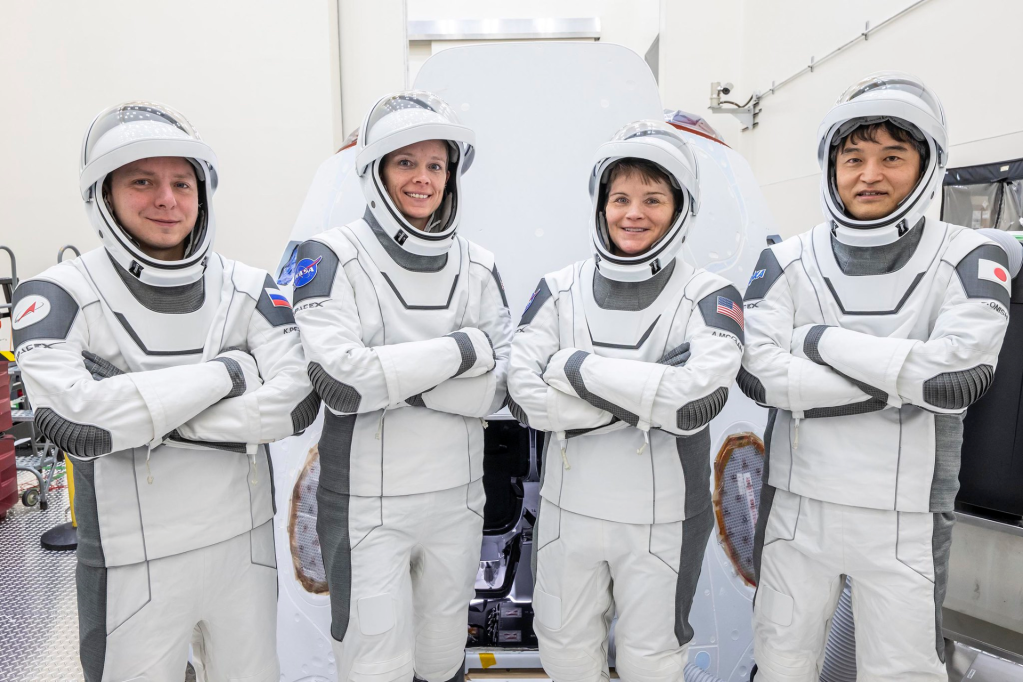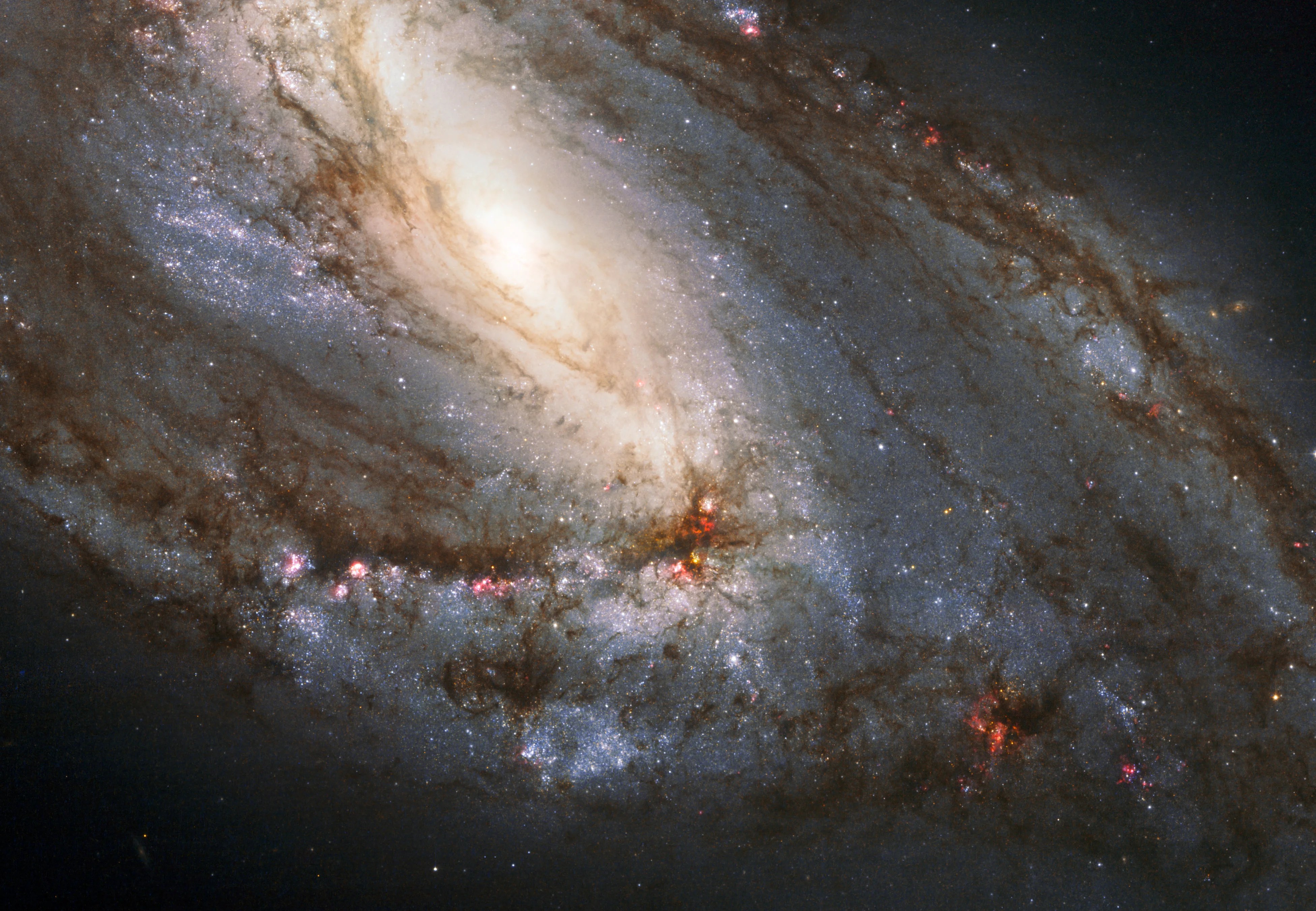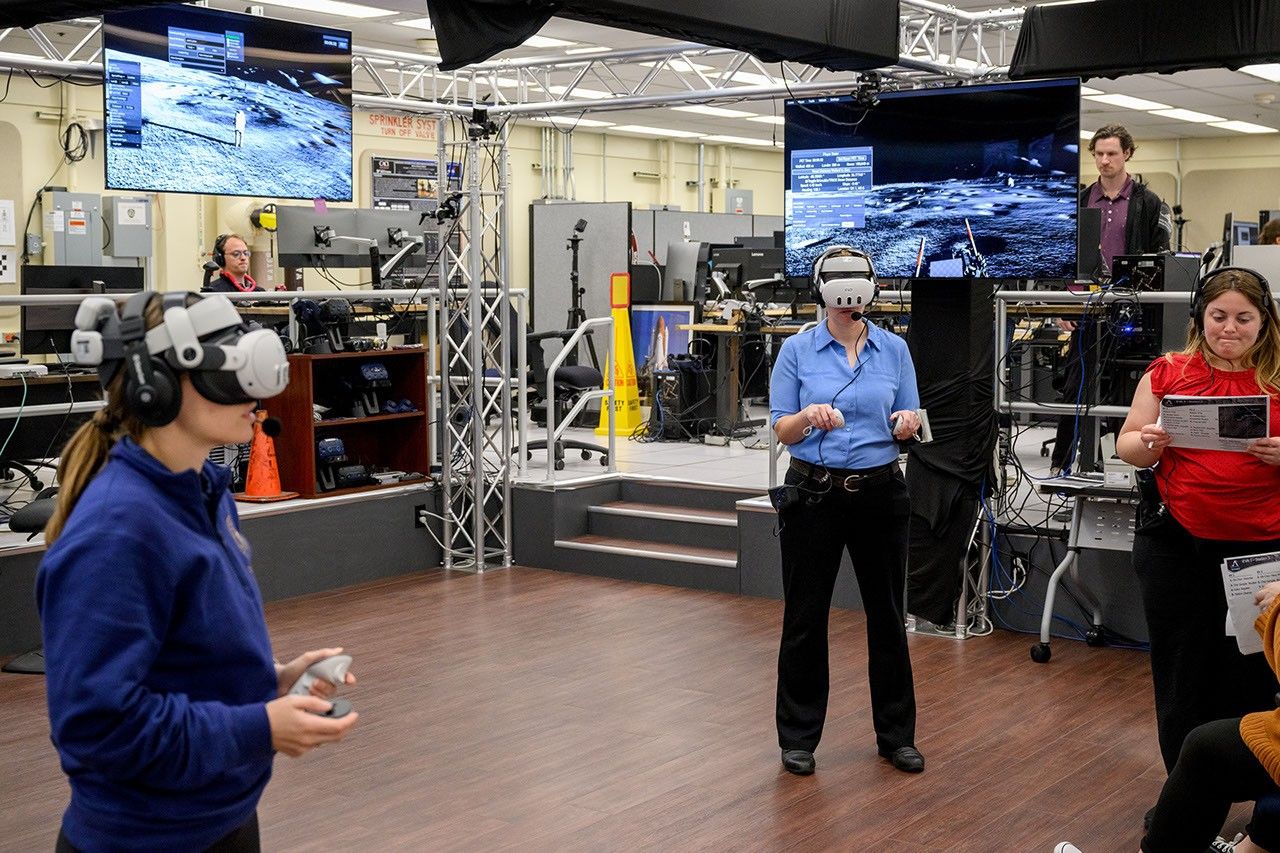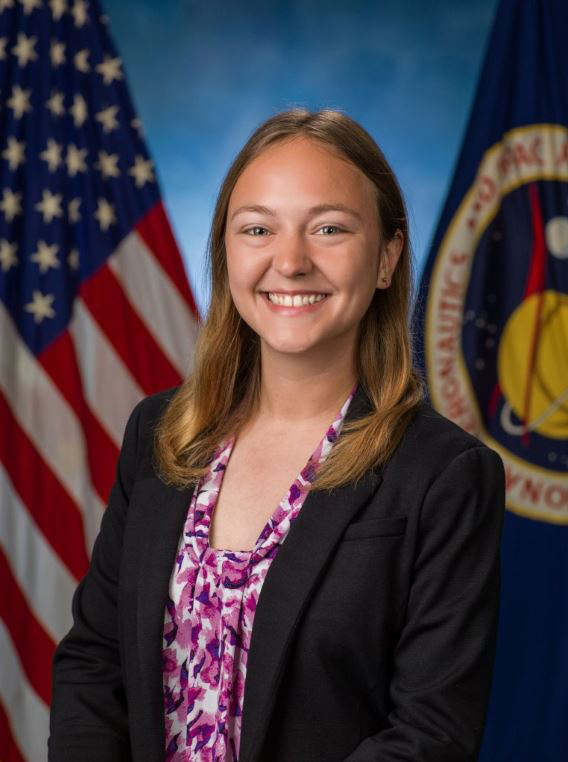Kaitlin Lostroscio
University of South Florida
The Digital Astronaut Simulation (DAS) is a low Technology Readiness Level (TRL) NASA project with promising benefits to Human Health Countermeasures. In providing models for human-system interaction, it has the potential to influence the design of exercise devices for future space missions. It will also enable better understanding of physiological effects of performing the exercise motions. The aim of this project is to generate new methods and ideas for representing human motion accurately and implement them in a way that will enhance the TRL of the DAS and similar technologies. The creation of a robust, diverse biomechanics toolset will enhance and verify the DAS models through the integration of real kinematic, kinetic, and physiological data. Motion capture, force plate recordings, and pressure sensor measurements will be used to determine real motion trajectories and quantify aspects of human performance. Biosignal measuring devices will be used for redundancy in assessing human performance and also incorporated into correlation studies between the various biomechanics methods. A motion and virtual environment simulator will be used to add simulated external factors. The combined system of methods will reduce assumptions and reliance on estimations when creating human models. Data collection will be conducted with current exercise device designs in consideration. Once the models more accurately represent human interaction with exercise equipment already created, the DAS will then be more reliable for predicting use of future exercise equipment in the initial design stages. The project will also produce data necessary to model asymmetric motion and forces, which should be understood for better representation of human movement. Outcomes from this project will also enable new predictive models for human motion and physiological benefits. The biomechanics toolset that this project creates will advance the modeling and health countermeasure space technology areas by collecting data which answers ongoing questions. It will aid in solving concerns so as to further progress countermeasure efforts driven by deep space exploration mission goals.


